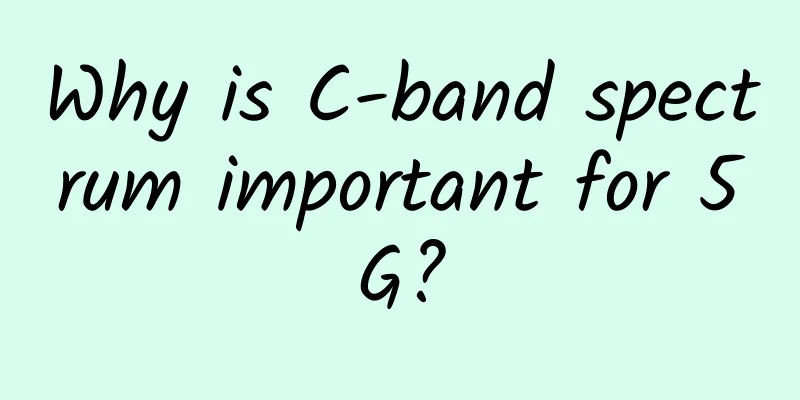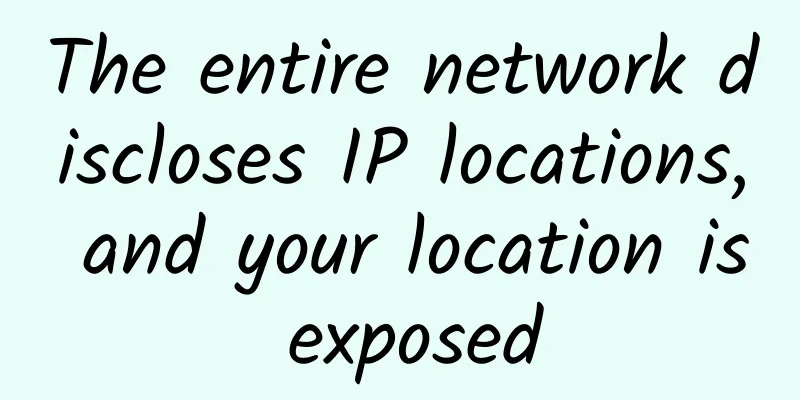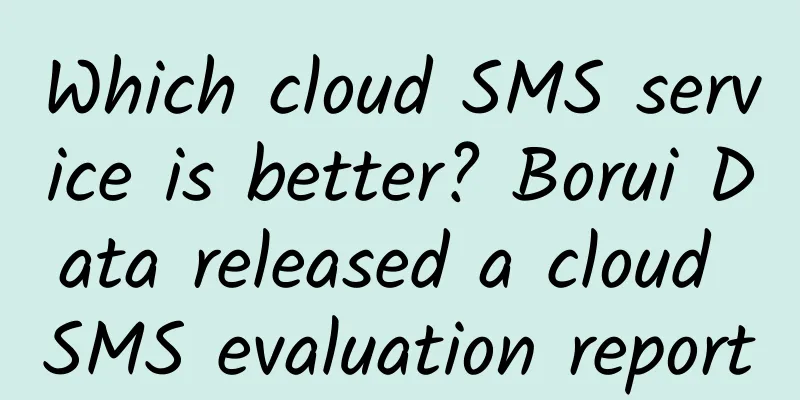Why is C-band spectrum important for 5G?

1. IntroductionSynchronization is one of the most critical functions of a communication system. However, in the context of 5G, especially for time division duplex (TDD) where uplink and downlink transmissions are on the same frequency, the potential for interference is much greater. Therefore, we see more stringent requirements for timing and synchronization in TDD-LTE and 5G-NR. 2. Weighing the pros and cons of spectrumNot all radio spectrum has the same performance. For example, below 1 GHz provides the best coverage, but there is a limited amount of low-band spectrum available. Frequency Range 2 (FR2), i.e. greater than 6 GHz, provides a lot of spectrum with very wide bandwidth (up to 400 MHz), but limited coverage. In fact, it is an excellent wireless channel with gigabit throughput, but the coverage is limited to a few hundred feet. The C-band spectrum is part of Frequency Range 1 (FR1), also known as the intermediate spectrum, which provides a good compromise between coverage and high throughput. As part of 3GPP Release 15, three bands, n77, n78, and n79, were identified for 5G operation in the C-band with a potential service bandwidth of up to 100MHz. See Table 1. Table 1 - C-band spectrum With 100MHz of bandwidth, the C-band can truly enable the enhanced mobile broadband (eMBB) use case of 5G. It is important to note that the C-band only offers time division duplex (TDD). TDD provides a full-duplex communication channel over a half-duplex communication link. This means that the transmitter and receiver use the same frequency but send and receive traffic at different times by using synchronized time intervals. Advances in digital signal processing and hardware computing speed allow TDD operation, but it does come with some challenges. Let's review the advantages of TDD and some of the timing and synchronization requirements to ensure that it can provide similar RF service quality as frequency division duplex (FDD). From a spectrum efficiency perspective, TDD is a more attractive option because it only requires an unpaired spectrum to operate, which is beneficial given the scarcity of frequency resources. In addition, due to channel reciprocity, physical layer features that rely on channel state information (CSI) measurements in the uplink (such as massive MIMO, beamforming, and precoding) are more robust. This article is compiled and published by the [Communication Encyclopedia] public account While TDD brings spectrum efficiency, it also brings a key challenge: timing and synchronization. Since downlink (DL) and uplink UL share the same spectrum, strict timing restrictions need to be imposed on TDD systems to avoid interference. 3. TDD time slot formatLike LTE, 5G radio frames have a fixed duration of 10ms and each radio frame contains 10 subframes. It differs from LTE in that in 5G-NR the slot and symbol duration depends on their number. See Figure 1. Figure 1-Relationship between 5G NR time slot and subcarrier spacing As the subcarrier spacing changes, the number of slots and symbols per subframe also changes. For example, 15KHz has a subframe of 1ms duration, which equals one slot with 14 symbols. For 30KHz subcarrier spacing, one subframe equals 2 slots, each with a duration of 0.5ms, 28 symbols, and so on (for normal cyclic prefix). For different types of services, such as Ultra-Reliable Low Latency Communication (URLLC) and eMBB, service providers may decide to use different slot and frame configurations. Release 15 of 3GPP 38.213 defines 56 slot formats (Table 2), each of which is a predefined pattern of Downlink/Flexbile/Uplink symbols during a slot. The following table provides a quick reference. Table 2 - Slot format of normal cyclic prefix These formats allow flexible application support on 5G Node B (gNB), for example, DL heavy traffic with UL part can implement Format 28. Figure 2 - Two networks with unsynchronized time slot formats Of course, this can also present challenges if two networks providing different types of services are adjacent to each other. Even if they are synchronized in time, if their time slot formats are not synchronized, interference can occur. |
<<: 2021 is the year of the explosion of the cellular IoT module industry
>>: From rough to soft decoration: 5G R17 standard officially frozen
Recommend
I persisted in studying TCP and finally understood the TCP protocol.
TCP is a connection-oriented, reliable stream pro...
iPhone 12 may not support 700MHz band, causing concerns in the UK telecom industry
According to the information currently available,...
The first version of 5G standards was signed and approved: covering low, medium and high frequencies, mobile phones will be available in 2019
According to Fierce Wireless, 3GPP (a mobile comm...
Introduction to MQTT protocol, MQTT is the standard messaging protocol for IoT (everyone in IoT must know)
MQTT (Message Queuing Telemetry Transport) is a &...
Edge Network Speed Requirements
In the previous article, we mentioned how to surv...
Stop questioning the usefulness of 5G. 5G is not primarily intended for human use!
With the official release of 5G tariff packages b...
NB-IoT smart door magnet market stimulated by the epidemic
In 2020, at the beginning of the new year, a &quo...
[New Year's Day] HostYun offers 15% off on all items, VPS in Hong Kong/Japan/USA/Korea starting from 15 yuan per month, CN2 GIA/AS9929 line
HostYun has launched a Christmas and 2024 New Yea...
Megalayer: Hong Kong/Philippines/US VPS annual payment starts from 159 yuan, CN2 line optimized bandwidth
Megalayer has been shared several times in the tr...
Buildings evolve from "intelligent" to "smart", CommScope drives the interconnection of smart buildings
[Original article from 51CTO.com] June 5, 2018 - ...
An article to bring you the principle and application of LDO
[[404648]] 01LDO Definition LDO, or low drop out ...
Exploration of DNS, HTTP, ICMP and shifen
Hello friends, in this section I will share the I...
Top SD-WAN vendors and manufacturers in 2021
Software-defined WAN (SD-WAN), as the name implie...
2017 Huawei Ecosystem Partner Conference: Broadband and Narrowband Integration, Wireless IoT
[51CTO.com original article] The Internet of Thin...









